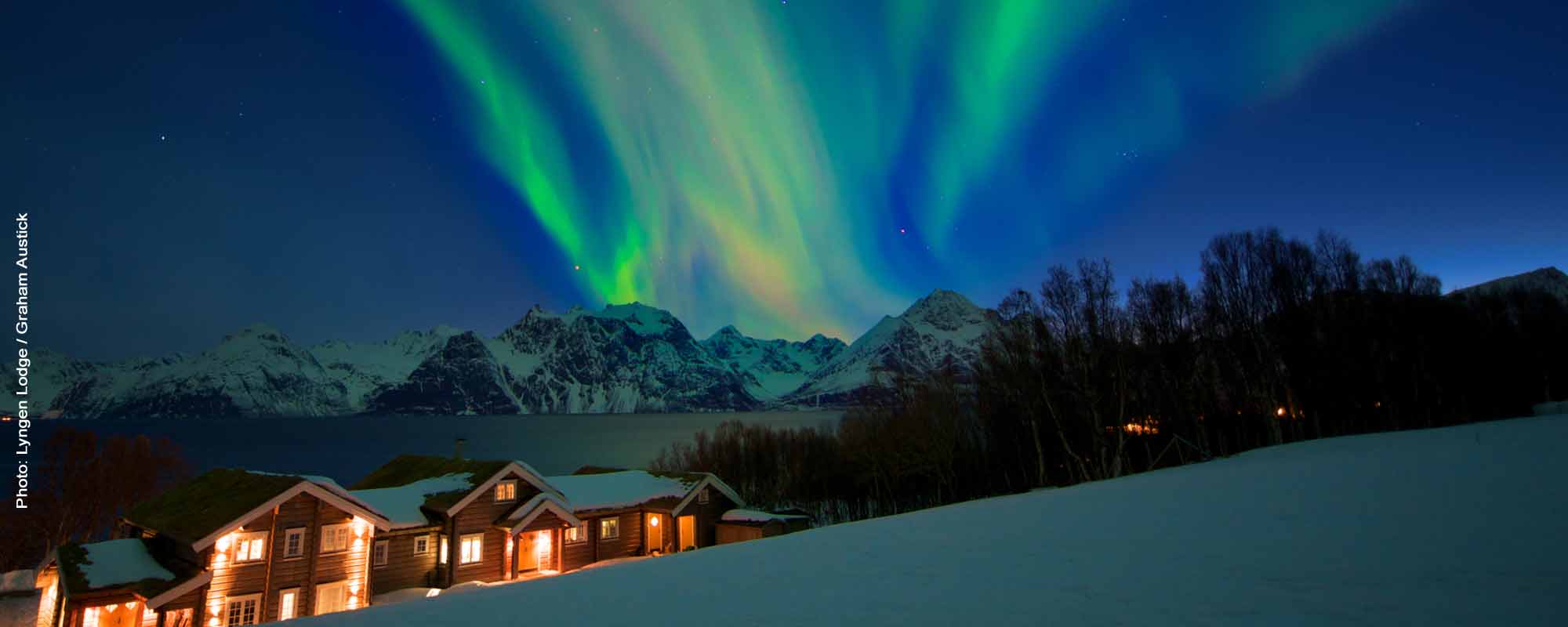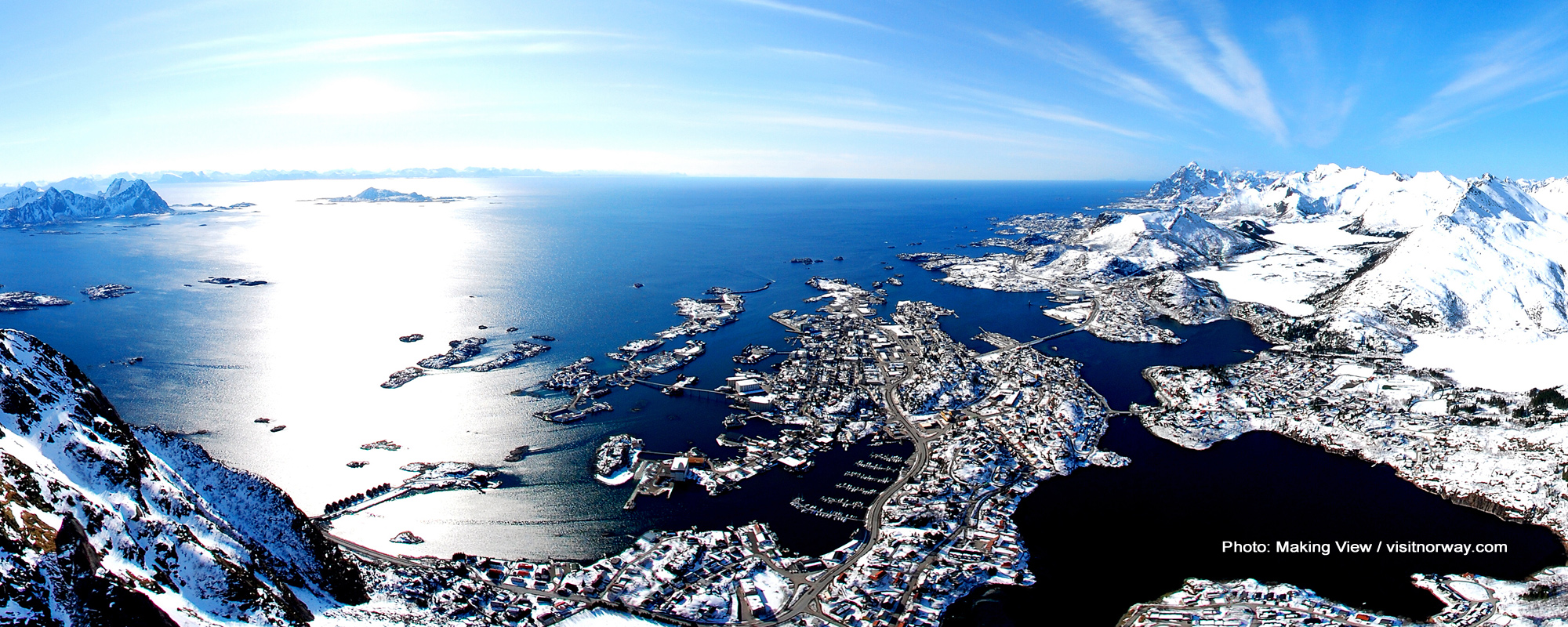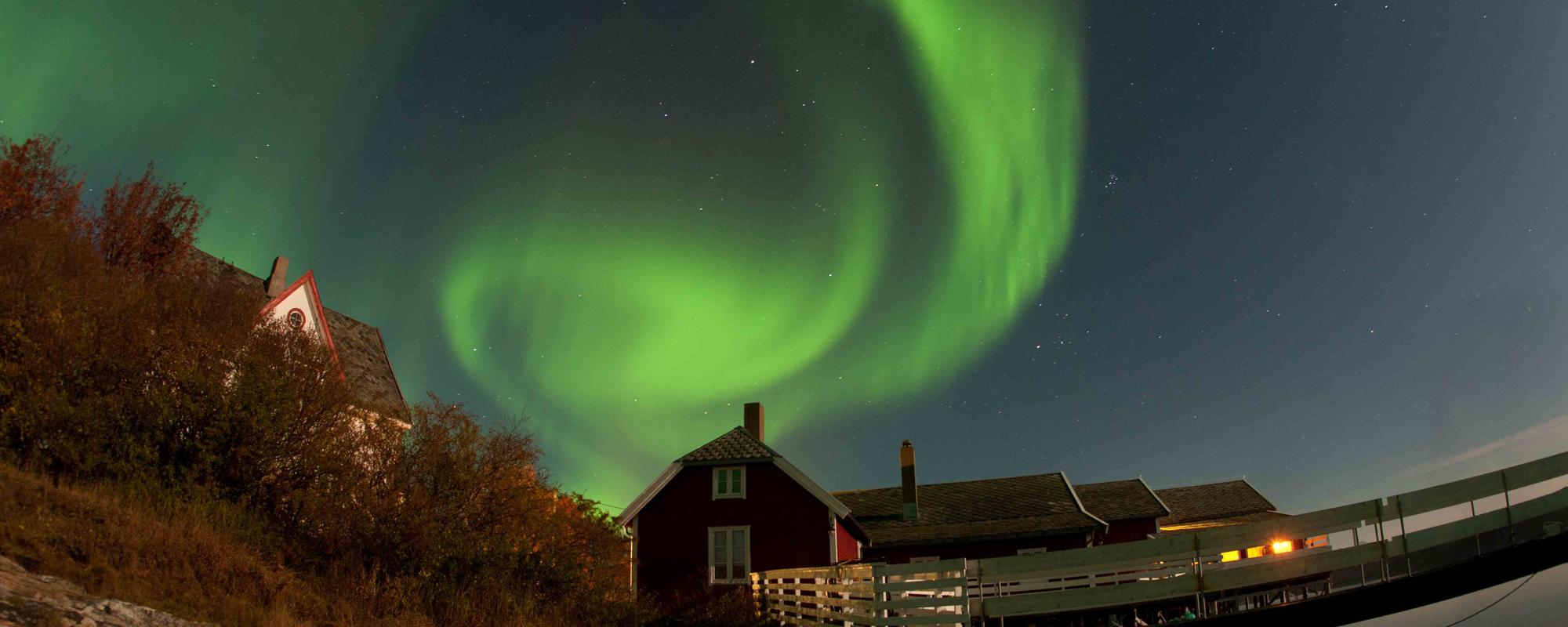Norway Information
2015 - United Nations International Year of Light
2015 is the United Nations International Year of Light and in Scandinavia, especially in the Arctic regions, the light is constantly changing. Long summer days give way to glittery night skies and as tourists we are generally interested in the cosmic northern lights and the lingering midnight sun.
Light has a much wider impact on local life, on the surrounding nature and on tourism. During 2015 Simply Sweden will be looking into the role light plays in the everyday life of our partners in Swedish Lapland, northern Norway and across Scandinavia as a whole.
As 'light travellers' to this amazing part of our world, you too impact upon and are affected by light. We are interested to discover how your actions as a traveller affect the local communities and how they adapt to welcome international visitors. We also want to find out how you have been affected by light during your holiday. Stay up to date on our social media pages.
Introduction
Here are some simple facts and useful bits of information for your holiday in Norway with Simply Sweden.
Midnight Sun
The best time to travel to Norway for the midnight sun is from the end of May to the beginning of August as this is when the sun never sets. Head for the Arctic Circle between May and August and leave your body clock behind, it simply won’t work here as day and night become one.
Travelling to Norway
As Norway is outside the EU, you generally have to collect your bags and take them through customs at your first arrival point in Norway, before connecting on to your internal flight. This is normal practice, but please follow the guidance given to you on arrival.
Climate
Norway is a long, narrow country stretching around 1800km north to south with a fjord coastline of over 25,000km. The climate varies considerably over this distance. In July you will find beautiful long summer days lounging by a fjord while temperatures average +20C in the south and +10C in the far north. To be comfortable in these extreme environments it is important you dress correctly. During the summer have clothing for all occasions! Shorts, t-shirts, long trousers, long sleeves and a rain jacket are advisable. If travelling to the north a warm jacket is required (this is the arctic!) If in doubt please ask one of our experienced sales representatives.
Winter Clothing
Dressing correctly in this environment is extremely important for you to be able to fully enjoy your holiday. Warm outer clothing maybe included in your holiday so please check. Sunglasses are advisable from mid-February.
First layer
It should be designed to take moisture away from the body and be made of synthetic material or wool (not cotton). There are some excellent products on the market. Woollen socks provide great protection for the feet.
Middle layer(s)
A single layer or several thin layers. Each layer should fit over the next one without restricting movement. Fleeces, wool and other insulating material work well. If you get too warm you can always take a layer off.
Outer layer
Often provided during your holiday. This should be wind and waterproof. This will be the thickest layer. Jacket with hood, snow trousers and mittens / gloves, hat and scarf. During overnight tours you will be provided with hat, snowmobile suit, mittens and boots.
Driving
Driving is on the right-hand side of the road. Drink driving rules are extremely strict and you may be subject to random tests. Roads in Norway can get quite crowded in the summer, especially during the peak tourist season so plenty of time is required for any journey. Ferries cross fjords and there are fees for many of these crossings. Many petrol stations are automated and you will need an international credit / debit card with a PIN number to use them.
Public Transport
Varies considerably across the country but is certainly comfortable and reliable. We use public transport regularly in your holiday as it offers a price-friendly and convenient way to see Norway. You will find good rail and bus connections in the south and good bus and flight connections across the northern parts of Norway. Ferries are also an important service.
Mosquitoes
We are regularly asked about mosquitoes in Norway. Yes they exist but only inland. It is very rare to encounter mosquitoes by the coast and you will not find any during the winter months. We always recommend you have long trousers and jumpers available. We also suggest you have some good mosquito repellent to hand, especially when travelling with young children and in the far north.
Currency
Norway is not part of the eurozone and uses Norwegian Kronor. International credit and debit cards are widely accepted. You will be asked either for a PIN or some form of identification when paying by card.
Eating out
Food and restaurants in Norway are of a high standard and as fishing is a major industry in Norway, fish features heavily on most menus.
Alcohol
Alcohol can only be purchased at the state-run off-licence ‘Vinmonopolet’ by those who are 20 and over. It is common to be asked for identification - so be prepared. You will find the staff are knowledgeable and will be able to offer their expert advice.
Time zone
Norway is 1hr ahead of the UK.







